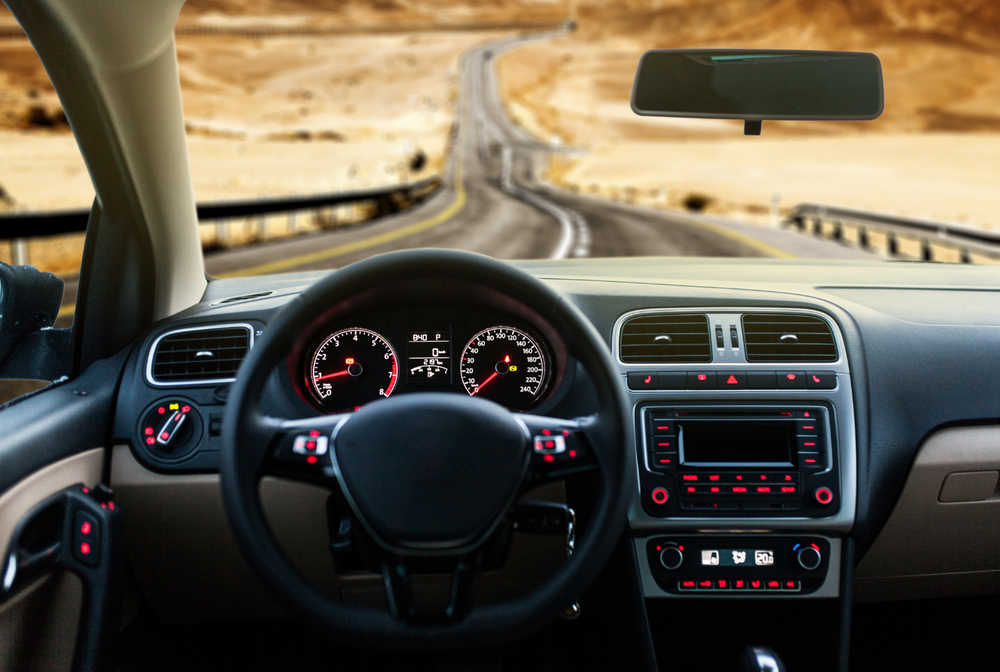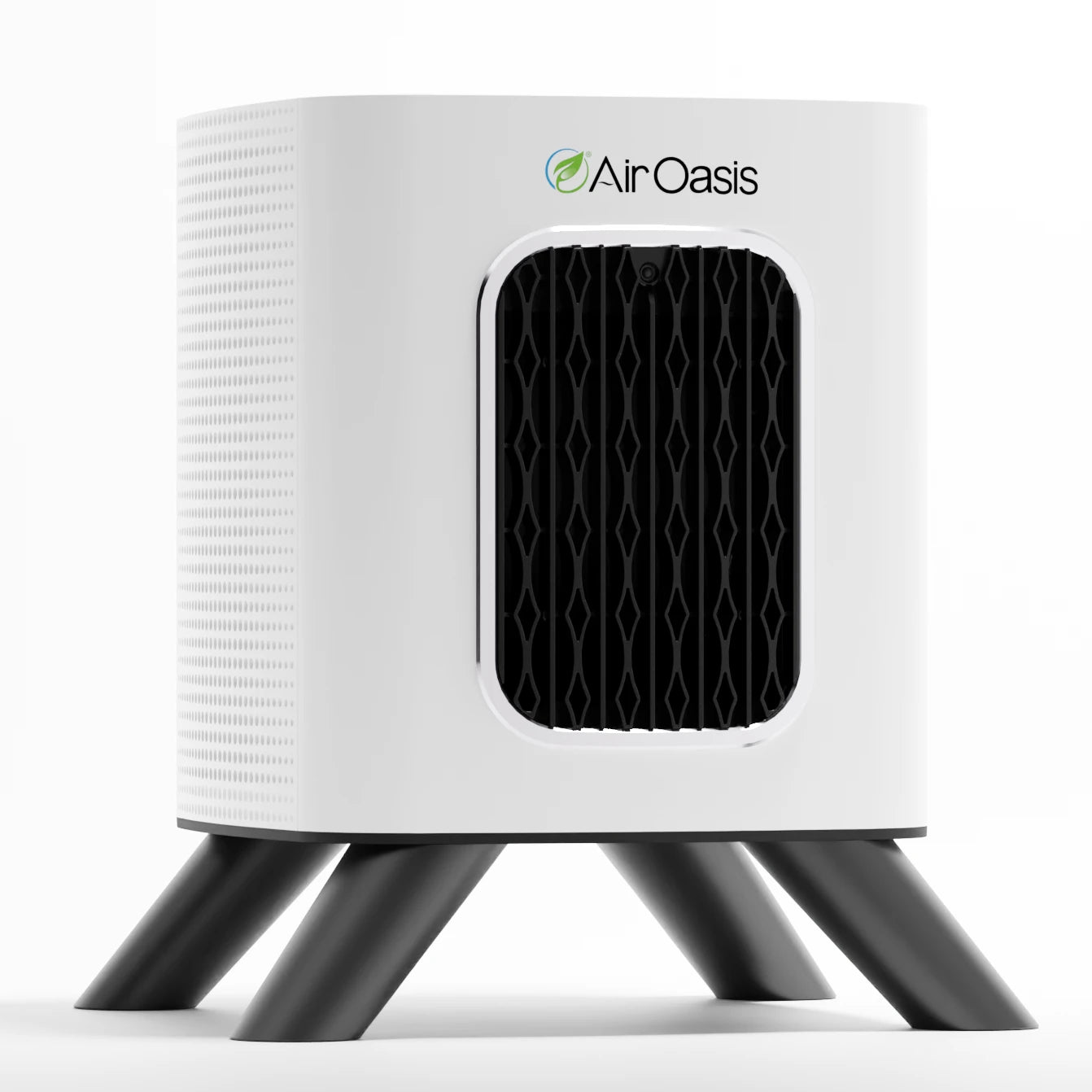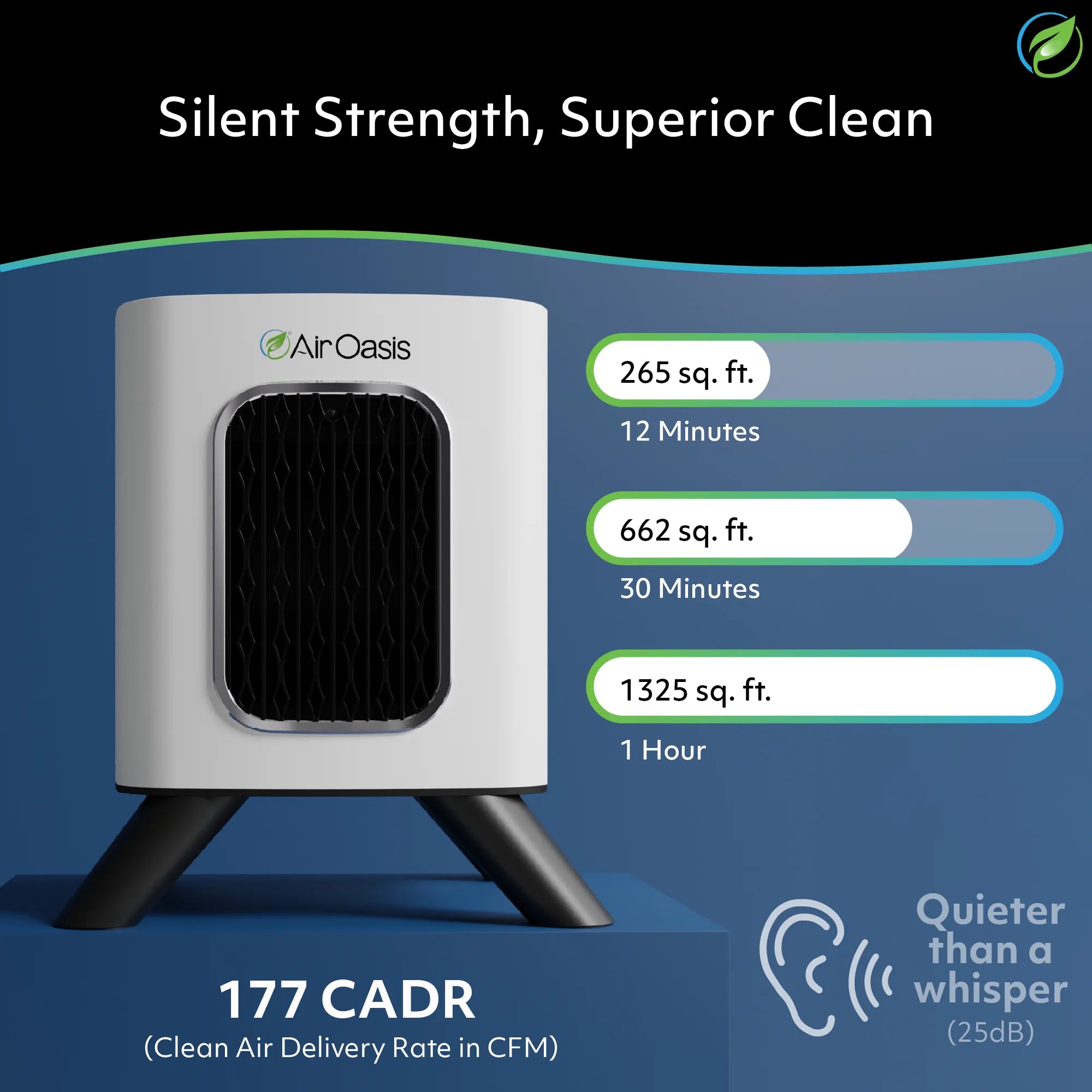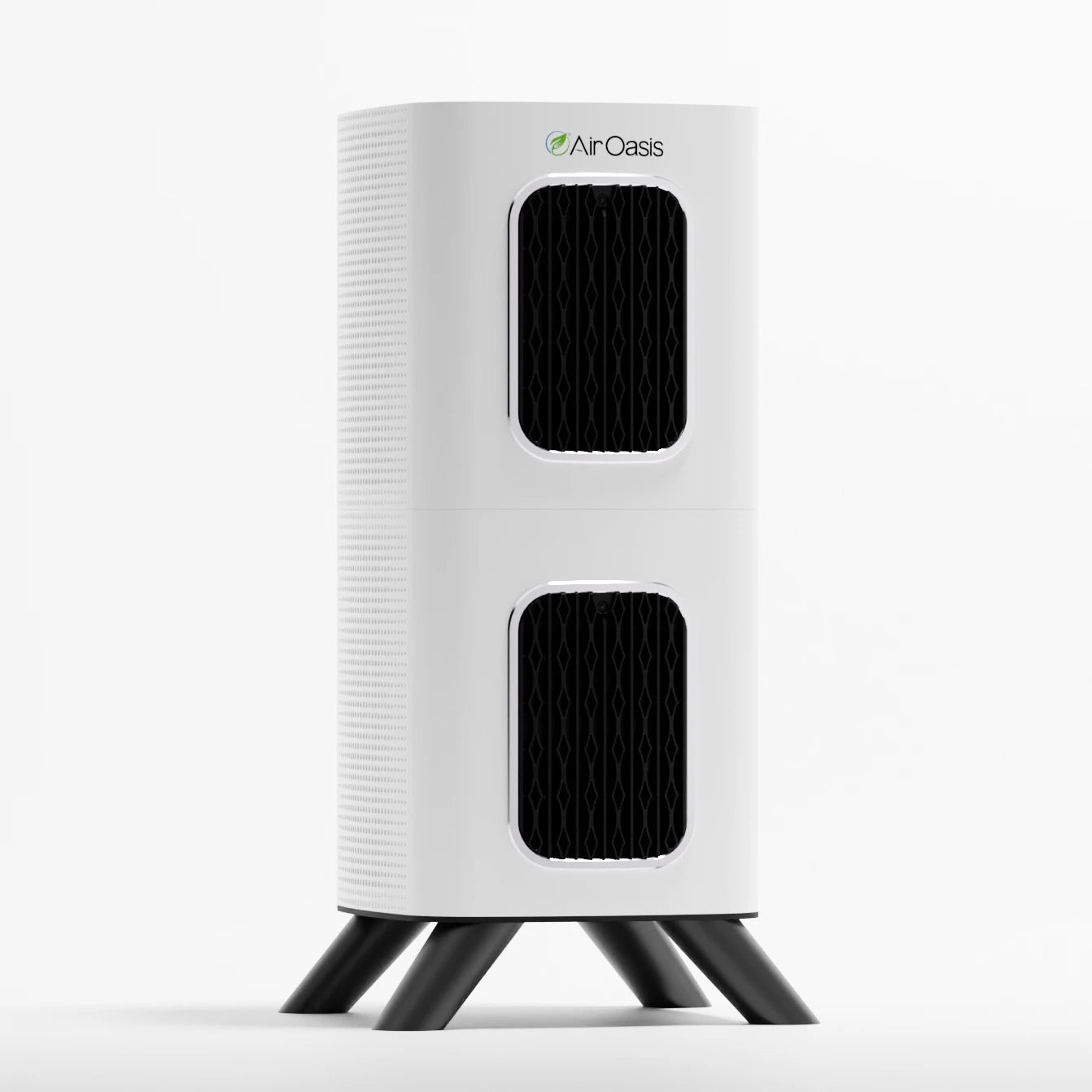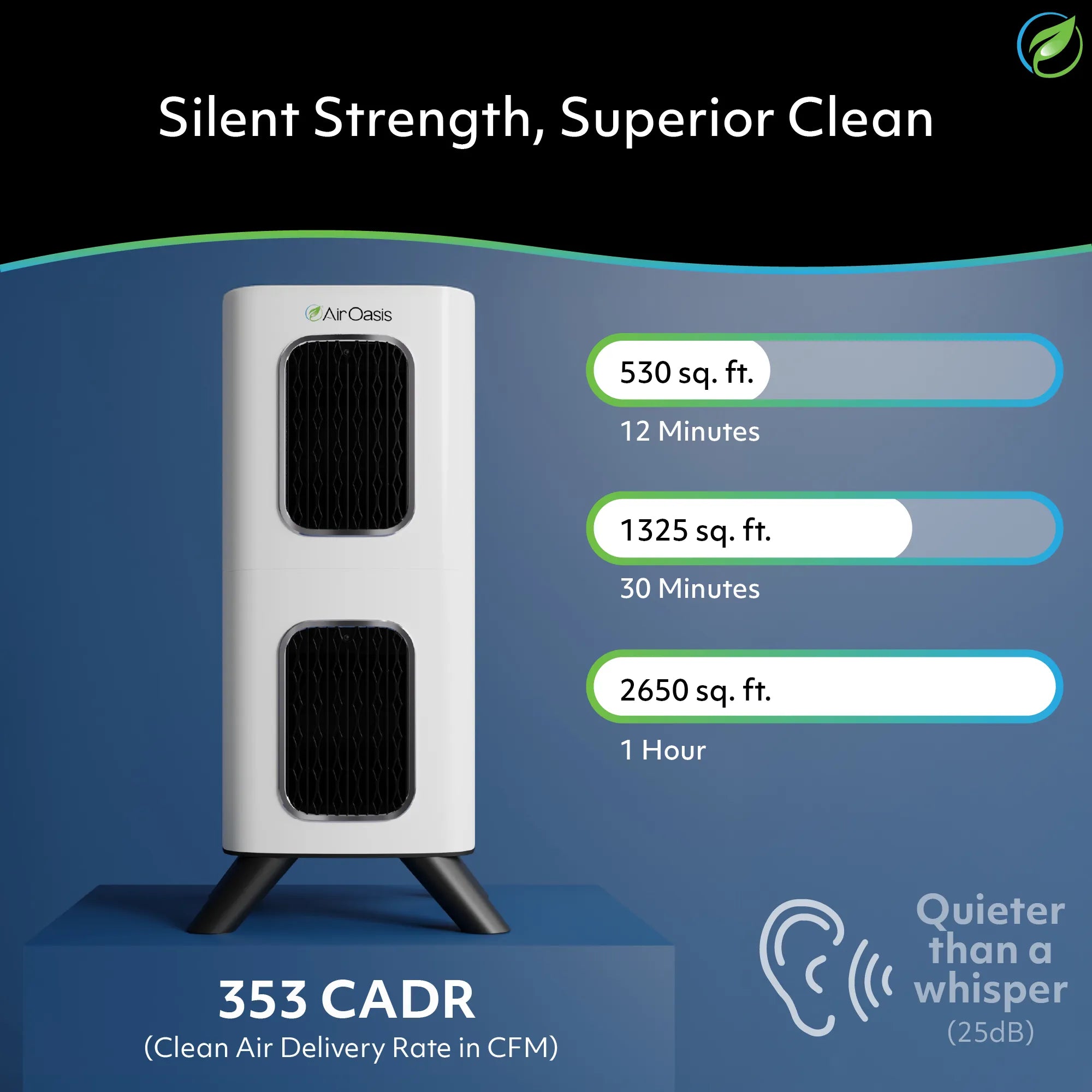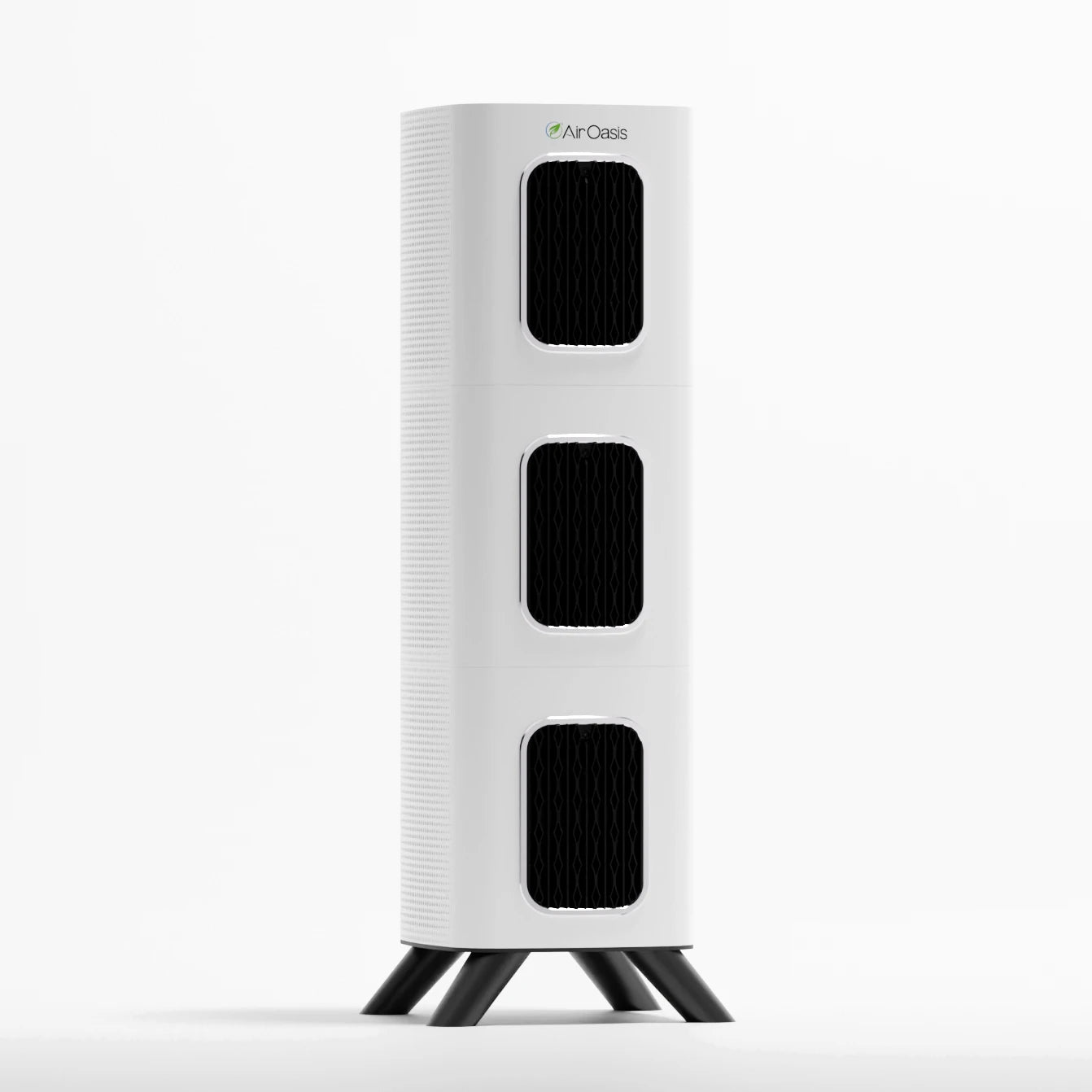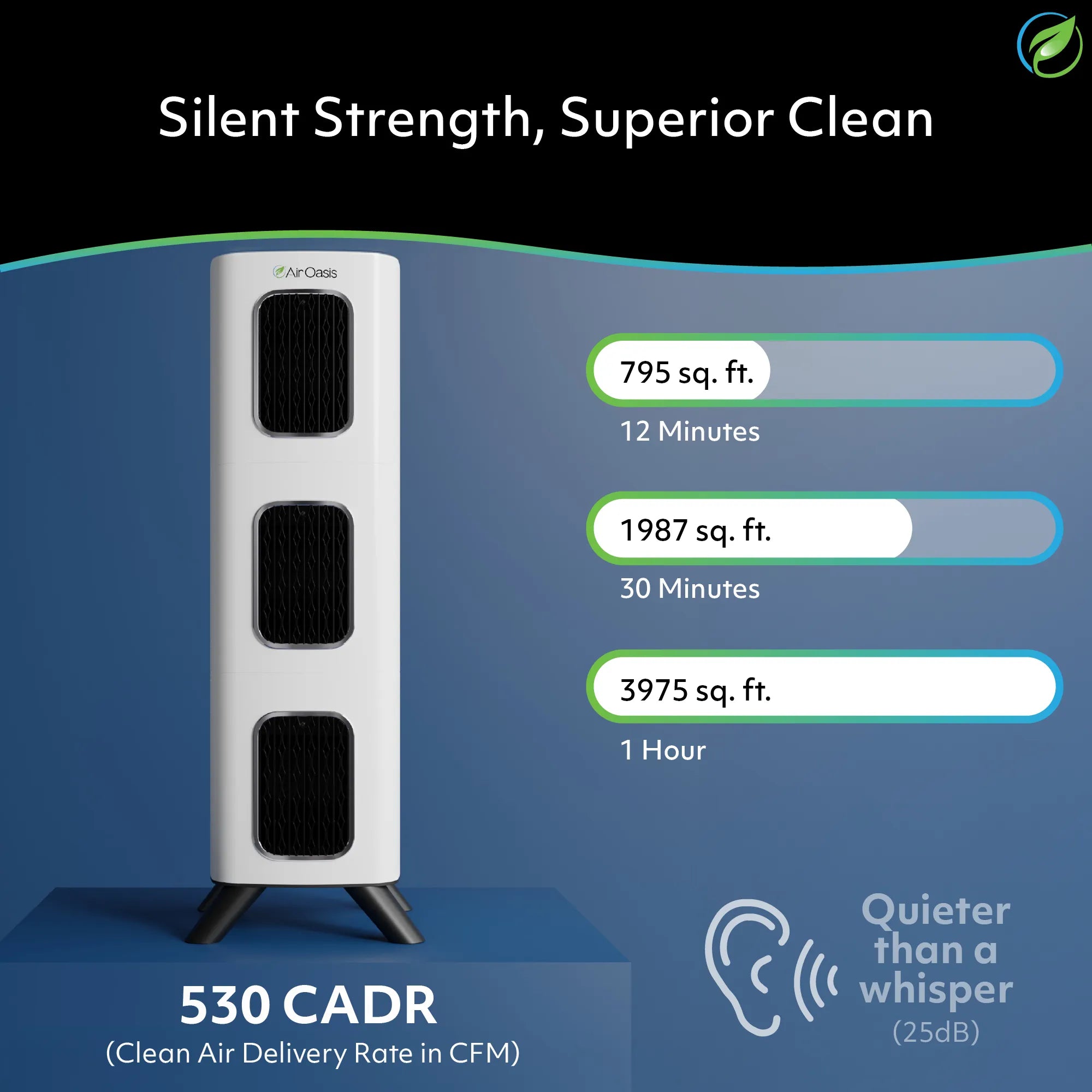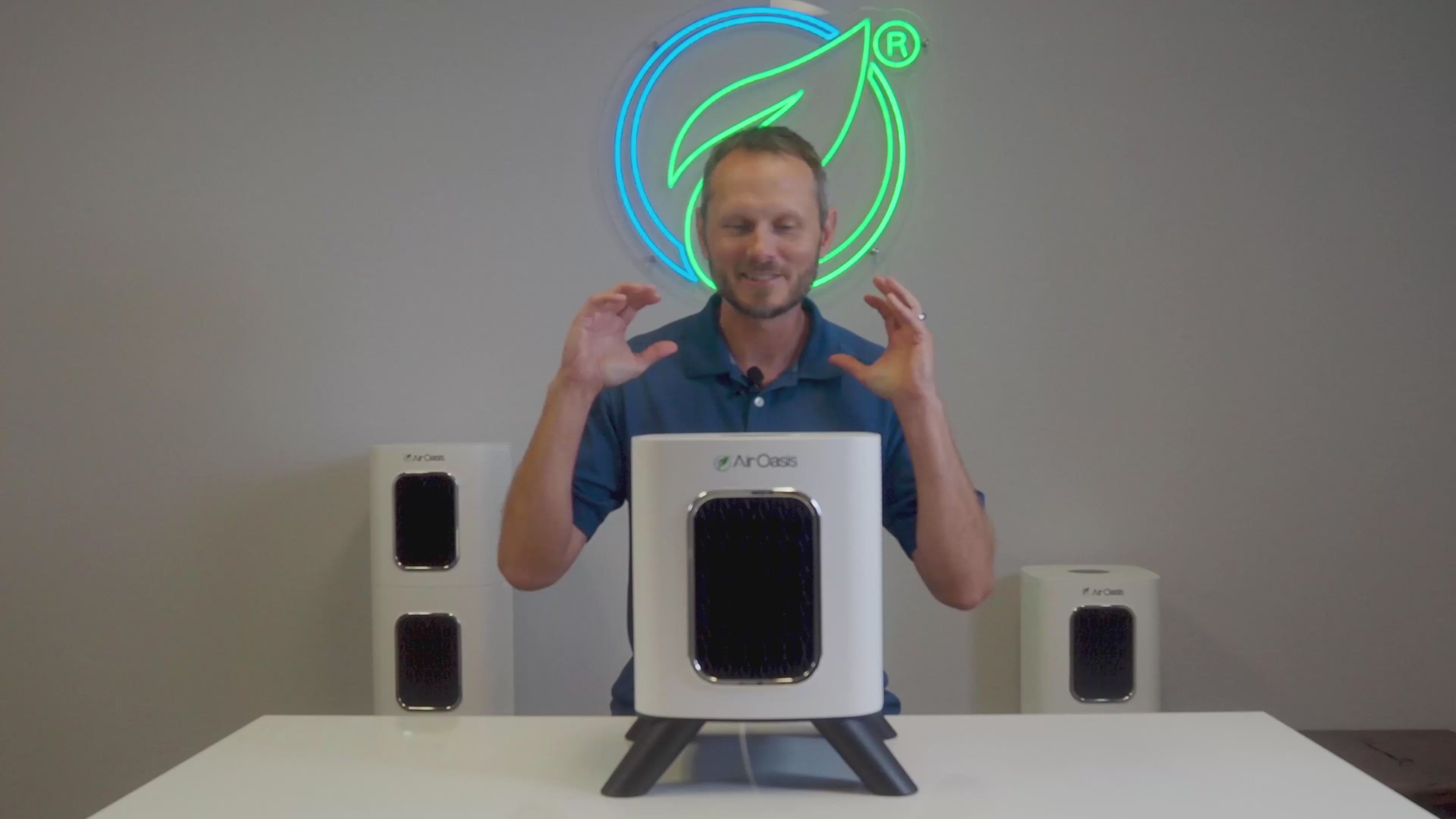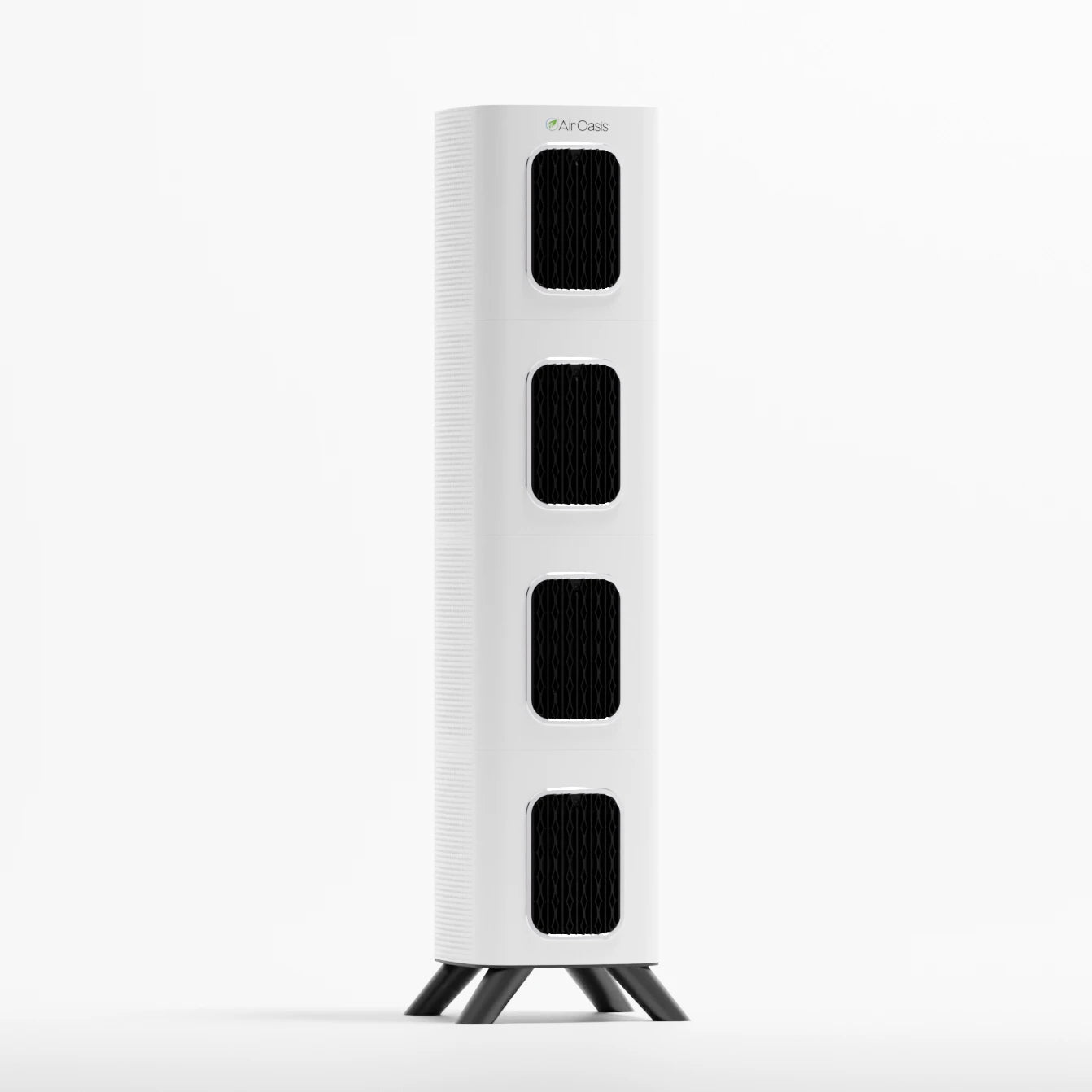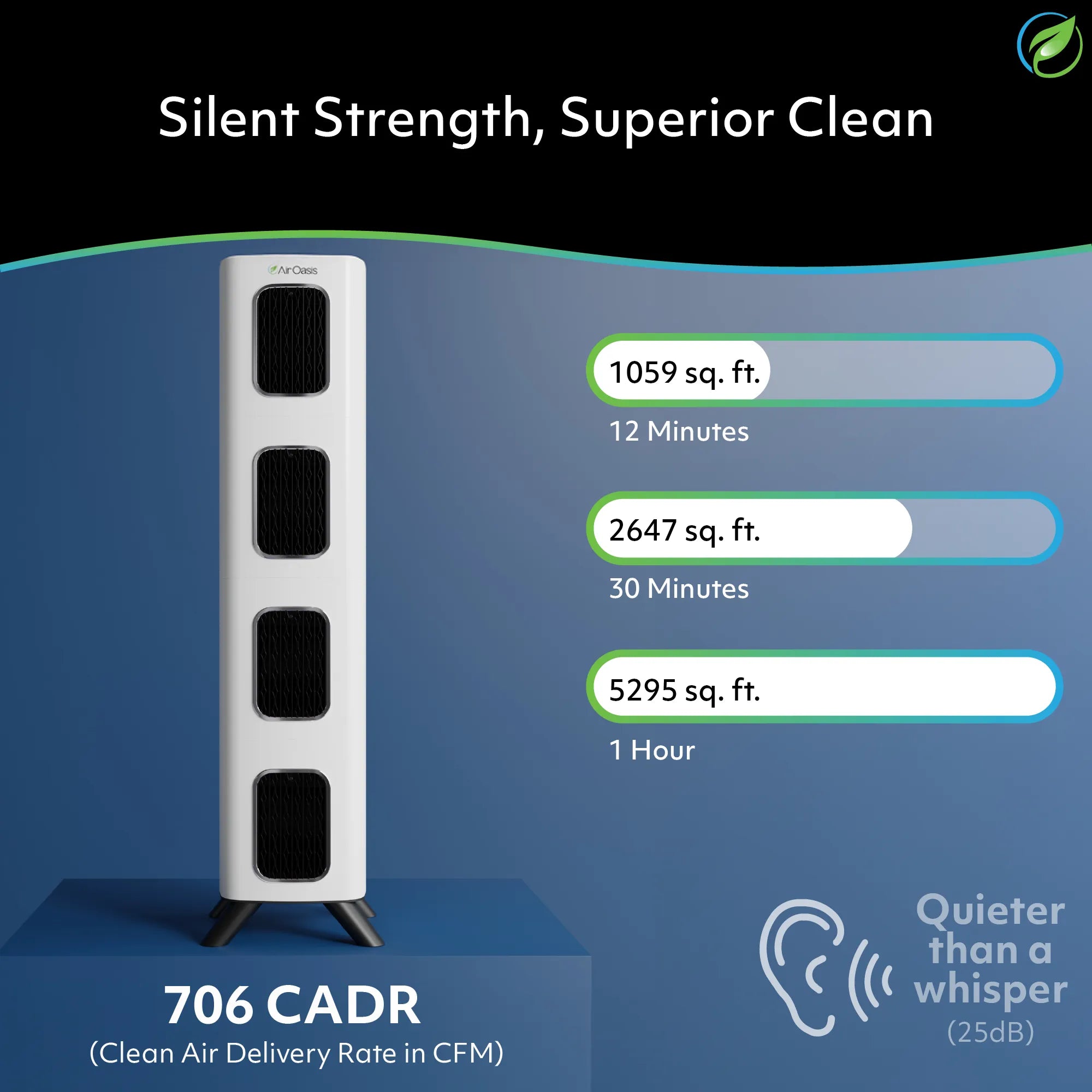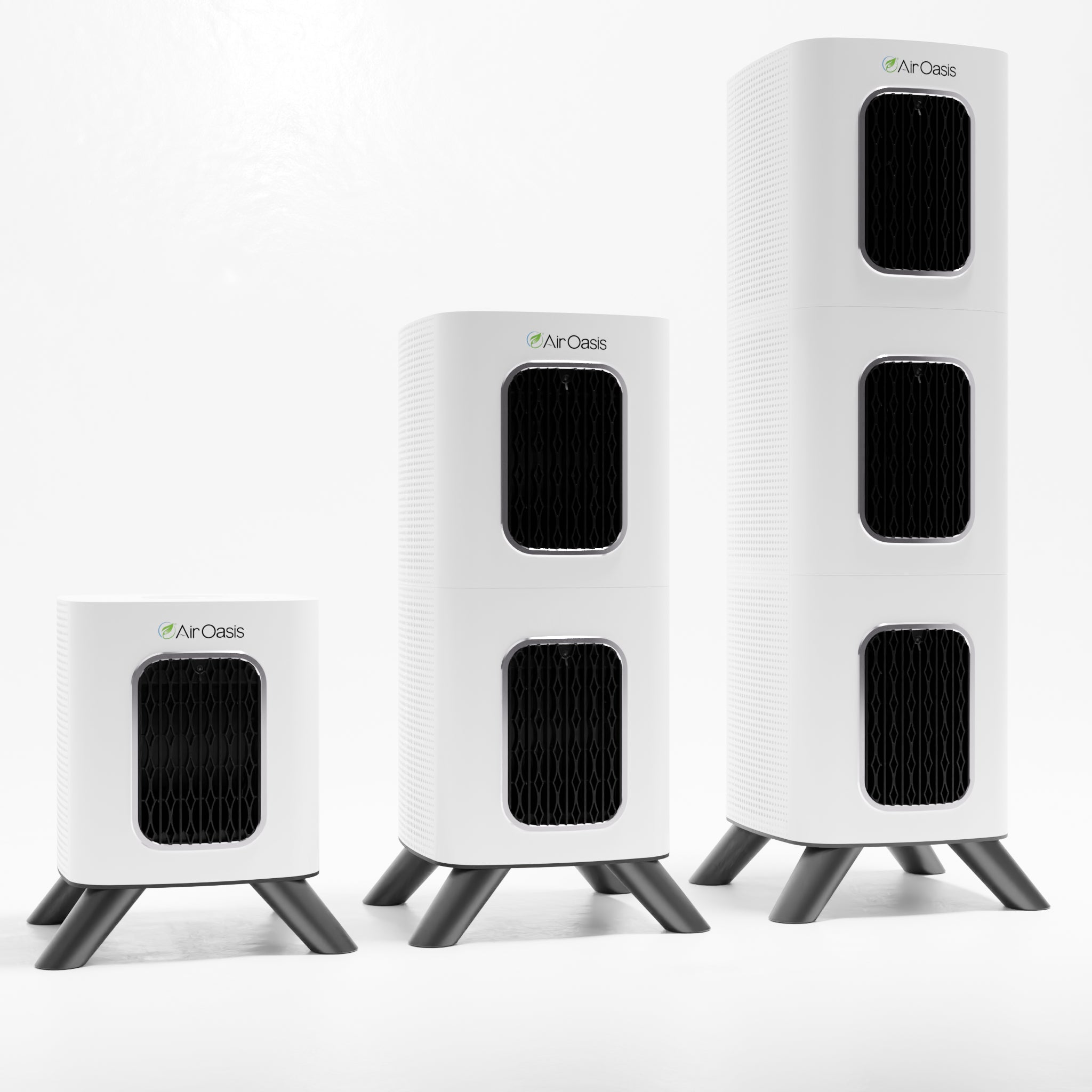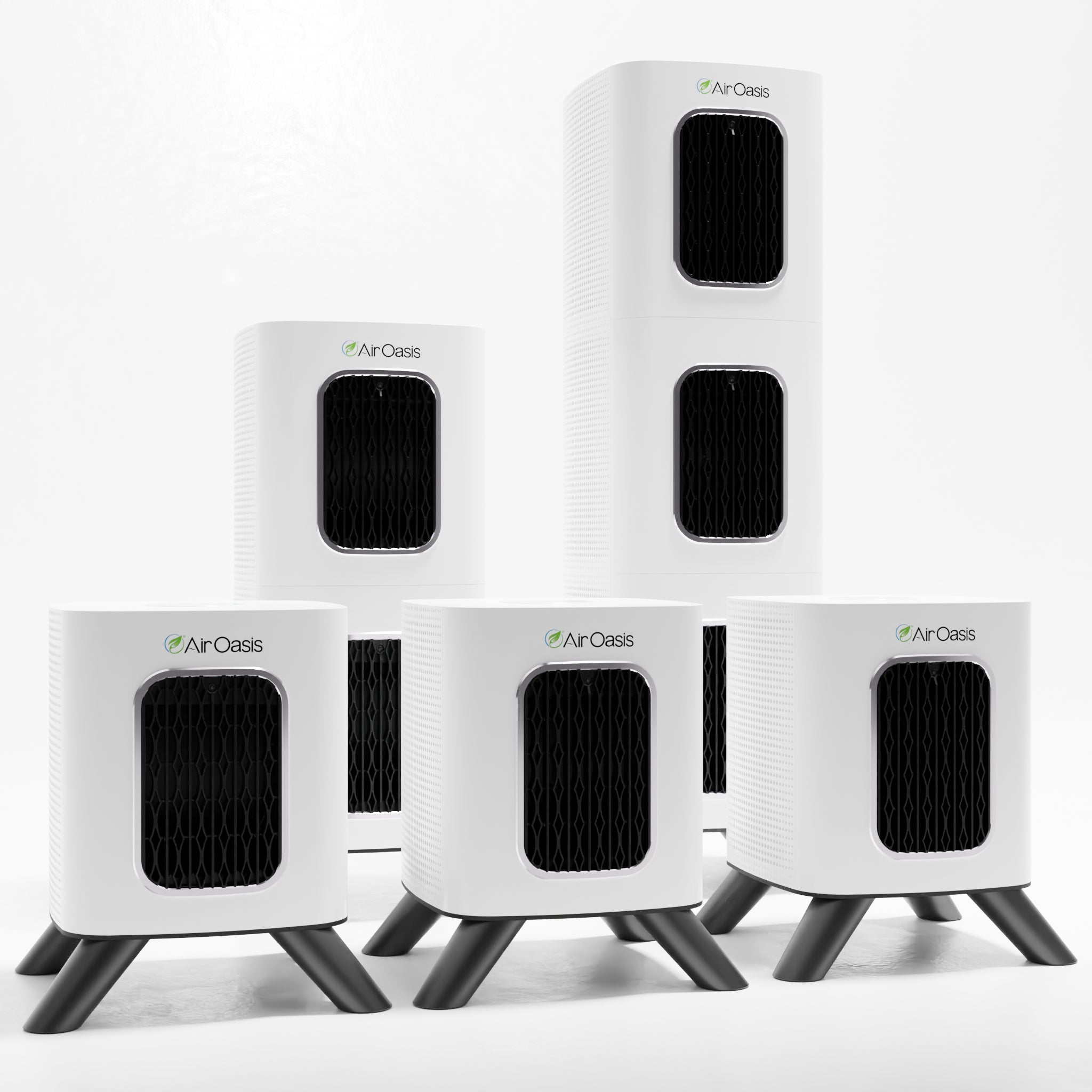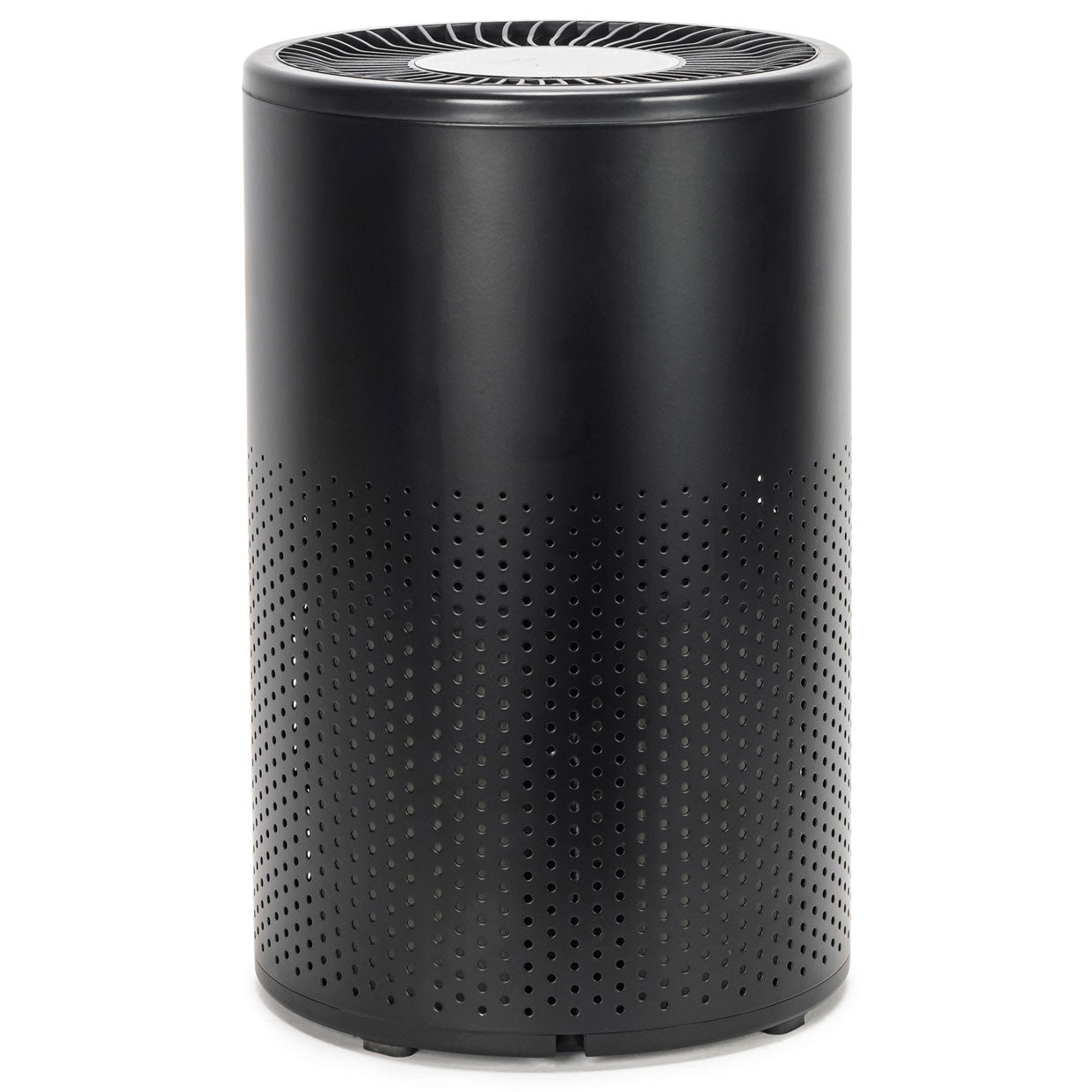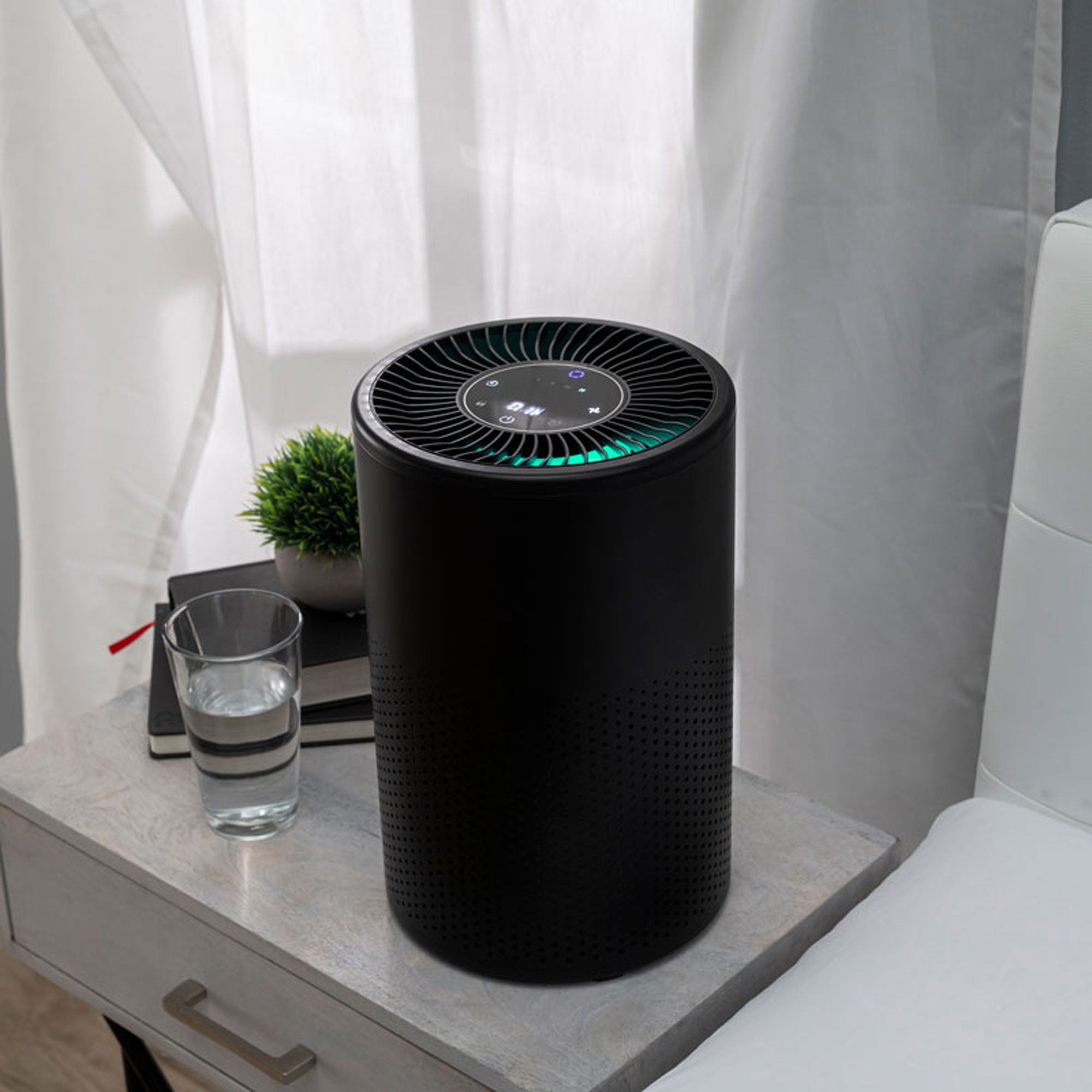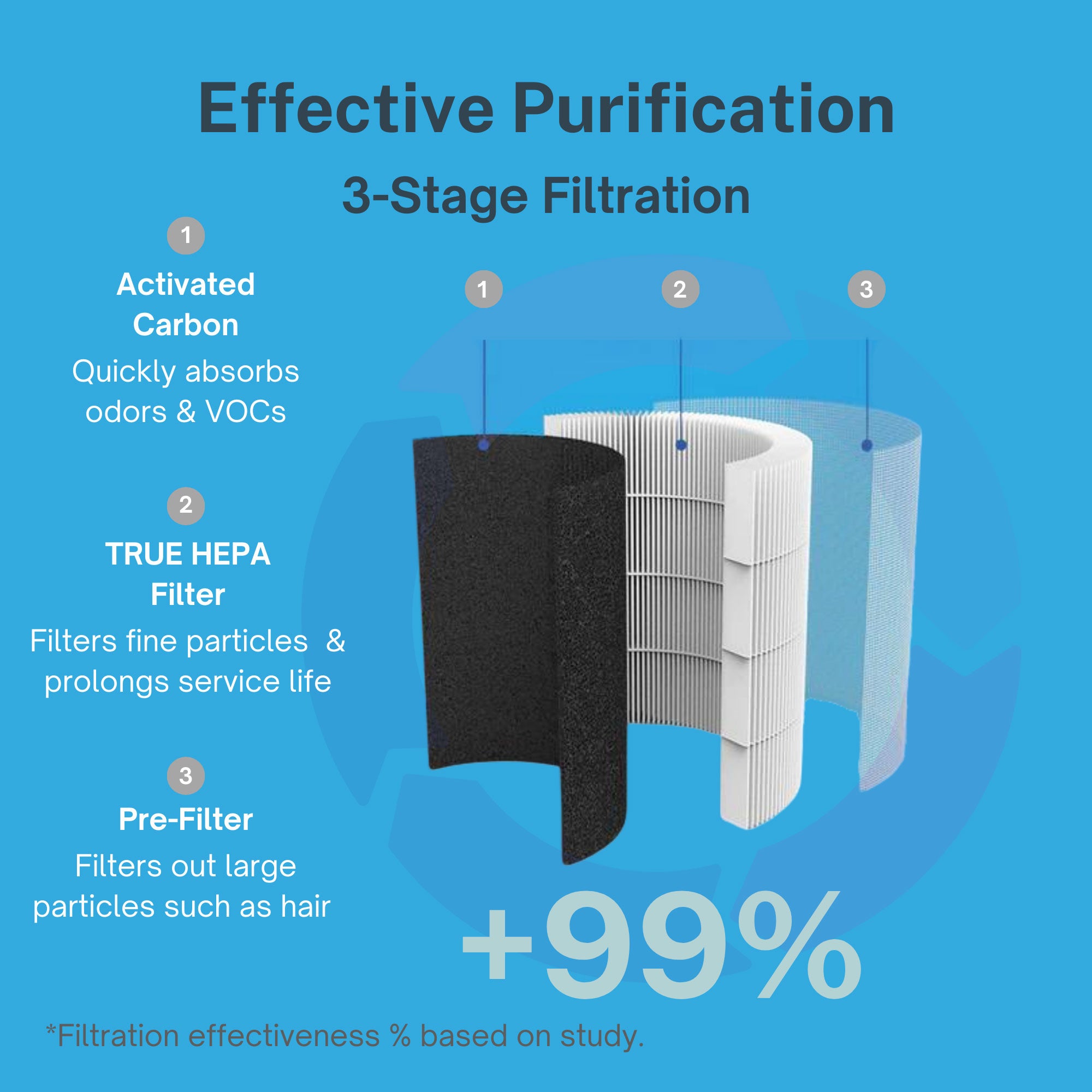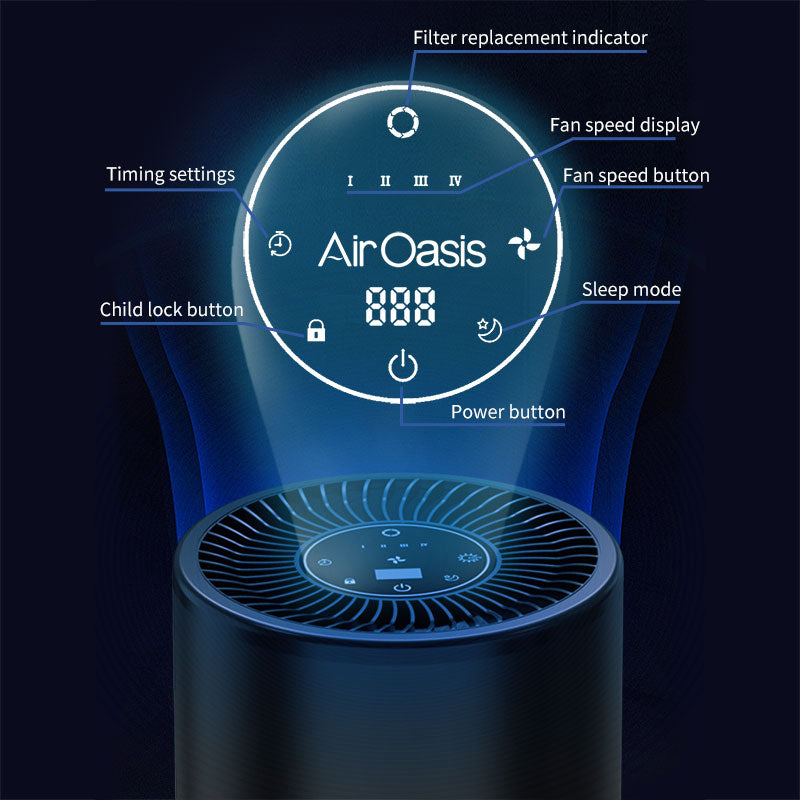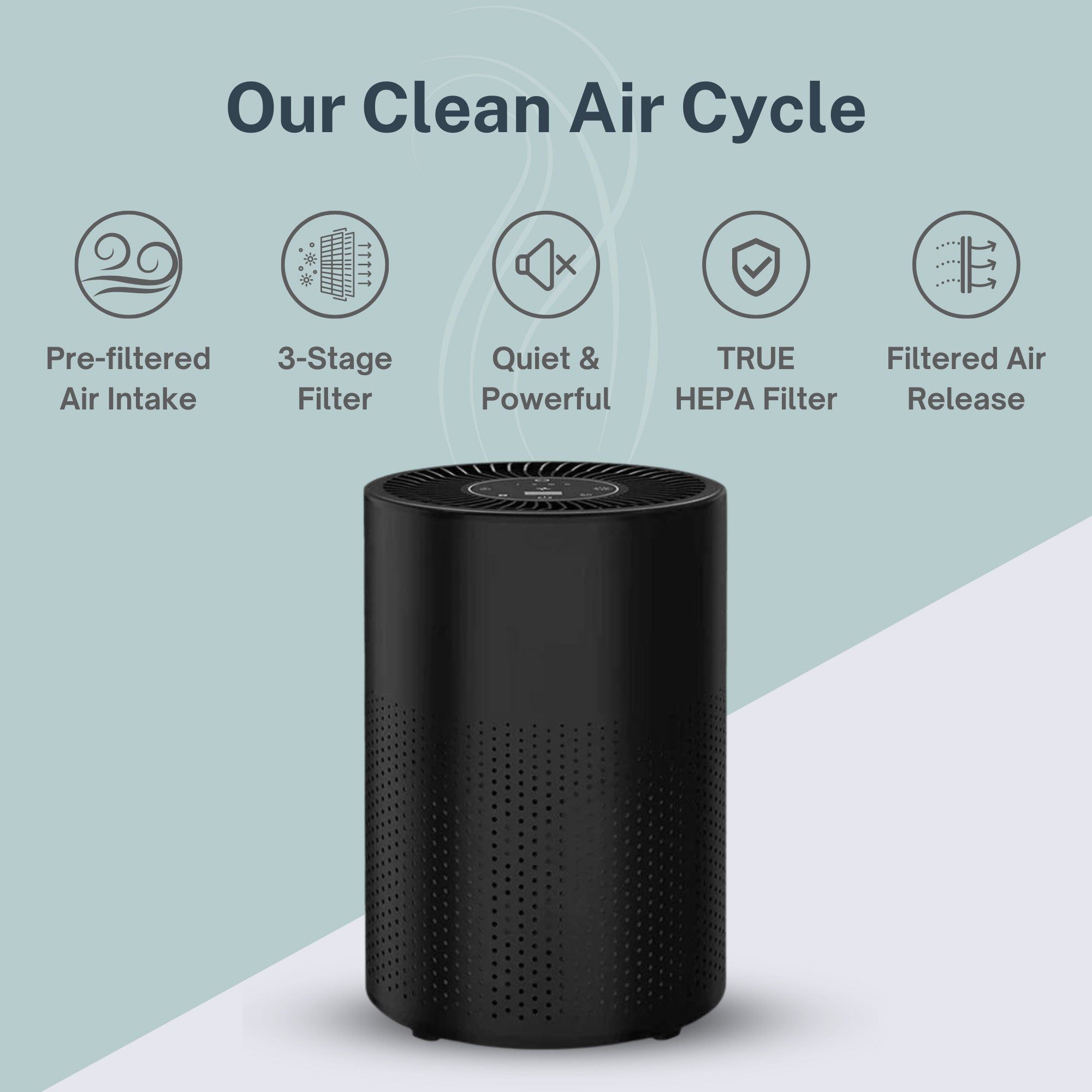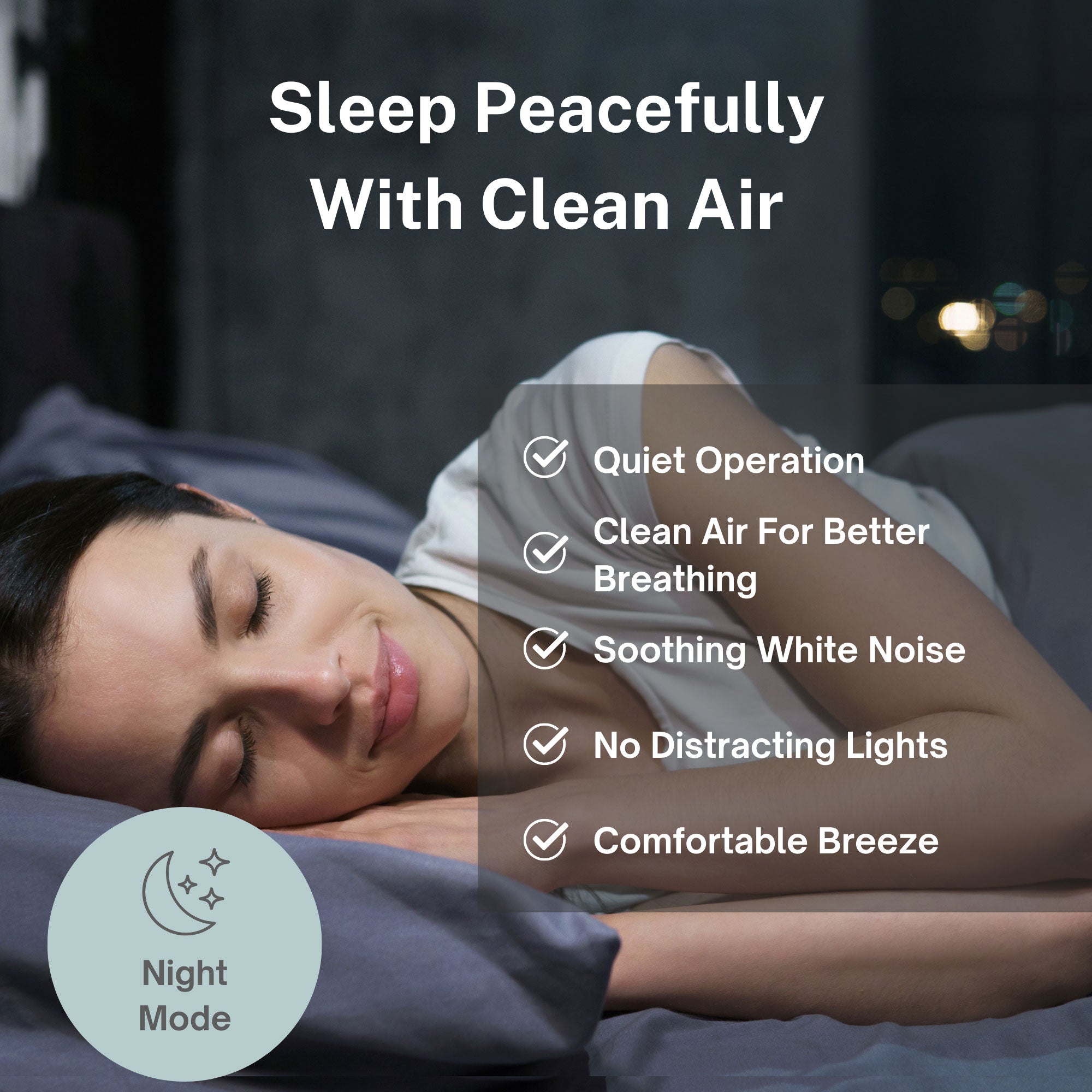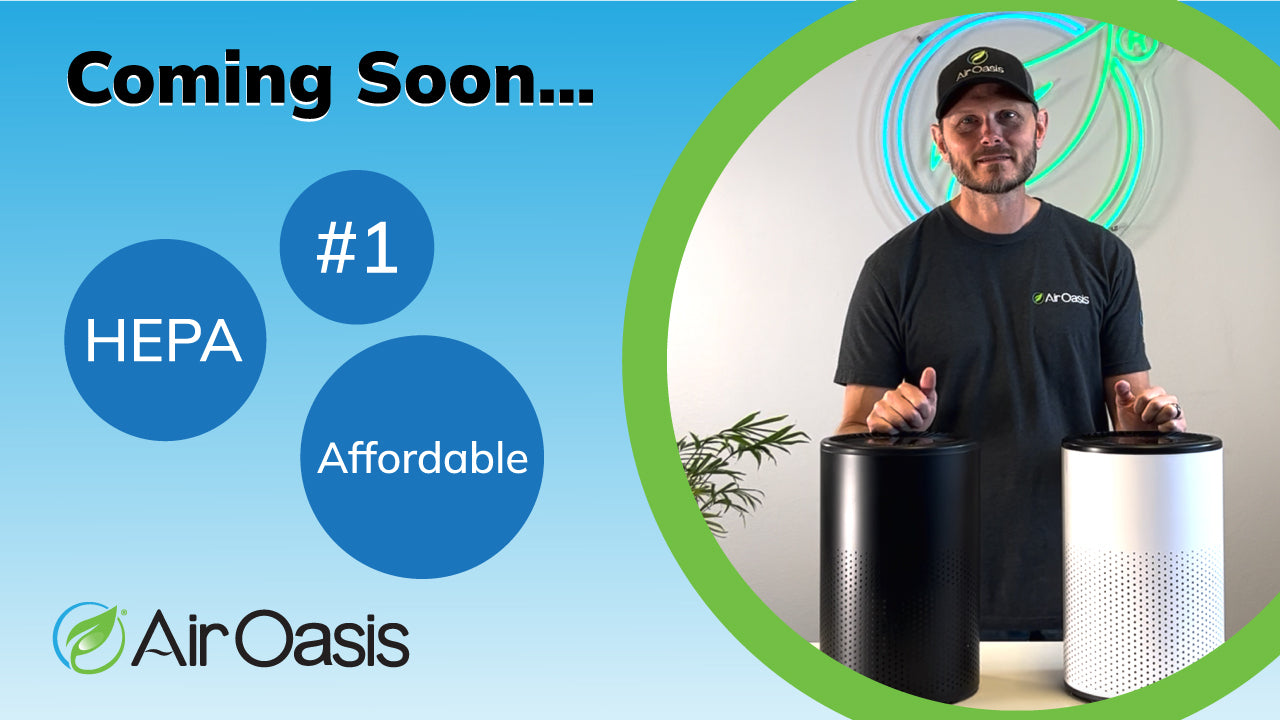The global automotive cabin air quality sensor market is experiencing remarkable growth, with projections showing expansion from $137 million in 2024 to $250 million by 2031, representing a compound annual growth rate of 9.1%. This significant market development reflects growing consumer awareness about the health impacts of vehicle cabin air pollution and the automotive industry's response to demand for cleaner, safer driving environments.
According to a comprehensive market analysis by QYResearch, the rapid growth in automotive cabin air quality sensors demonstrates how health-conscious consumers are driving technological innovation in vehicle air purification systems. For individuals committed to wellness optimization, understanding this market trend provides insight into emerging technologies that could significantly improve daily air exposure during commuting and travel.
The Health Crisis Driving Market Demand
The automotive cabin air quality sensor market's expansion stems from alarming realities about vehicle interior air pollution that affect millions of drivers and passengers daily. QYResearch notes that "drivers and vehicle passengers are often exposed to high level of hazardous pollutants and gases, especially in today's urban areas and cities where the pollution level has reached to an alarming limit."
The report emphasizes that "growing exhaust emissions coupled with the increasing wear particles make the passengers more vulnerable to the interior pollution," creating health conditions that traditional vehicle ventilation systems cannot adequately address. This exposure has led to "significant increase in respiratory problems among the consumers," driving demand for advanced monitoring and filtration technologies.
The QYResearch analysis identifies specific contaminants that automotive cabin air quality sensors are designed to detect and control: "foreign particles such as pollen grains, road dust, diesel soot" along with various gases and volatile organic compounds that can accumulate in vehicle interiors to dangerous levels.
Technology Segments and Applications
The automotive cabin air quality sensor market divides into two primary technology categories, each addressing different aspects of vehicle air contamination. PM2.5 sensors focus on detecting fine particulate matter—microscopic particles smaller than 2.5 microns that pose the greatest health risks because they can penetrate deep into lung tissue and enter the bloodstream.
Gas sensors represent the second major technology segment, designed to detect volatile organic compounds, carbon monoxide, nitrogen oxides, and other gaseous pollutants that can accumulate in vehicle cabins. These sensors enable automated responses that can adjust ventilation systems, activate air purification technologies, or alert occupants to dangerous air quality conditions.
The market serves both passenger car and commercial vehicle applications, with passenger cars representing the larger market segment due to the sheer volume of personal vehicles and growing consumer awareness about health impacts of daily commuting exposure. Commercial vehicle applications focus on protecting professional drivers who spend extended periods in vehicle cabins as part of their occupational requirements.
The Air Oasis commitment to comprehensive air purification aligns with the automotive industry's recognition that effective air quality management requires multiple technologies working together to address different categories of airborne contaminants.
Global Market Leadership and Regional Growth
QYResearch identifies the key players dominating the automotive cabin air quality sensor market, with the top three manufacturers—Paragon, Denso, and Cubic Sensor—holding approximately 68% of the global market share. Additional major players include SGX Sensortech, Sensirion, Valeo, Hella, Doowon Electronic, and Prodrive Technologies.
Europe leads global production with 57% market share, followed by Japan at 22% and China at 10%. However, the consumption patterns show different regional preferences, with Europe representing 58% of the market, China at 19%, and North America at 10%.
This geographic distribution reflects varying levels of environmental awareness, regulatory requirements, and consumer willingness to invest in advanced air quality technologies. European leadership in both production and consumption suggests more mature market acceptance of automotive air quality solutions, while growing Asian markets indicate expanding awareness of vehicle air pollution health impacts.
The regional variations also reflect different urban air quality challenges, with European and Asian markets facing more severe external air pollution that drives demand for vehicle cabin protection systems. North American markets may lag due to generally better outdoor air quality in many regions, but growing awareness of health optimization trends could accelerate adoption.
Market Growth Drivers and Future Outlook
QYResearch emphasizes that "road safety and growing pollution is one of the protuberant issues at the present time and it is estimated to be in the future as well." This environmental reality drives continued market expansion as consumers recognize that vehicle cabins represent controllable environments where they can protect themselves from external air quality threats.
The report notes that "digital automotive electronics such as automotive cabin air quality sensor is proficient enough to automate several driving aspects which can reduce significant cabin pollutants and improve vehicle safety." This automation capability aligns with broader automotive industry trends toward smart, connected vehicles that optimize occupant comfort and safety through integrated environmental controls.
Market growth also reflects increasing consumer sophistication about air quality health impacts and willingness to invest in technologies that provide measurable health benefits. As health optimization becomes mainstream, automotive air quality systems transition from luxury features to standard equipment that informed consumers expect in modern vehicles.
The projected 9.1% CAGR through 2031 suggests sustained growth driven by expanding awareness, technological advancement, and integration with broader vehicle environmental control systems.
Technology Integration and Future Innovation
The automotive cabin air quality sensor market represents one component of broader vehicle environmental management systems that could transform how we think about mobile air quality protection. Future developments may integrate cabin air quality sensors with external air quality monitoring, route optimization systems, and predictive algorithms that anticipate air quality challenges based on traffic patterns, weather conditions, and pollution forecasts.
Advanced integration could enable vehicles to automatically switch to recirculation mode when passing through high-pollution areas, activate enhanced filtration systems during traffic jams, or recommend route changes to minimize exposure to poor air quality conditions. These capabilities would transform vehicles into mobile clean air environments that actively protect occupant health rather than simply providing transportation.
The market growth also suggests potential for aftermarket applications that could retrofit existing vehicles with advanced air quality monitoring and control systems. This expansion could make automotive air quality protection accessible to consumers who cannot afford new vehicles but want to protect their health during daily commuting and travel.
Personal Air Quality Protection Strategies
The automotive cabin air quality sensor market's rapid growth reflects broader recognition that effective air quality protection requires comprehensive strategies addressing all environments where people spend significant time. While automotive air quality systems protect during travel, optimal health requires clean air in all indoor environments including homes, workplaces, and vehicles.
The lesson from automotive market trends is that consumers increasingly understand the connection between air quality and health outcomes, driving demand for technologies that provide measurable protection against environmental threats. This awareness creates opportunities for comprehensive air quality solutions that address multiple exposure scenarios throughout daily life.
Your health optimization journey benefits from understanding emerging technologies like automotive cabin air quality sensors while implementing proven air purification strategies for all indoor environments where you spend time. The automotive industry's investment in cabin air quality protection validates the importance of clean air for daily health and performance outcomes. Shop Air Oasis today and ensure that your home and workplace environments provide the same level of air quality protection that advanced automotive systems are beginning to offer.

